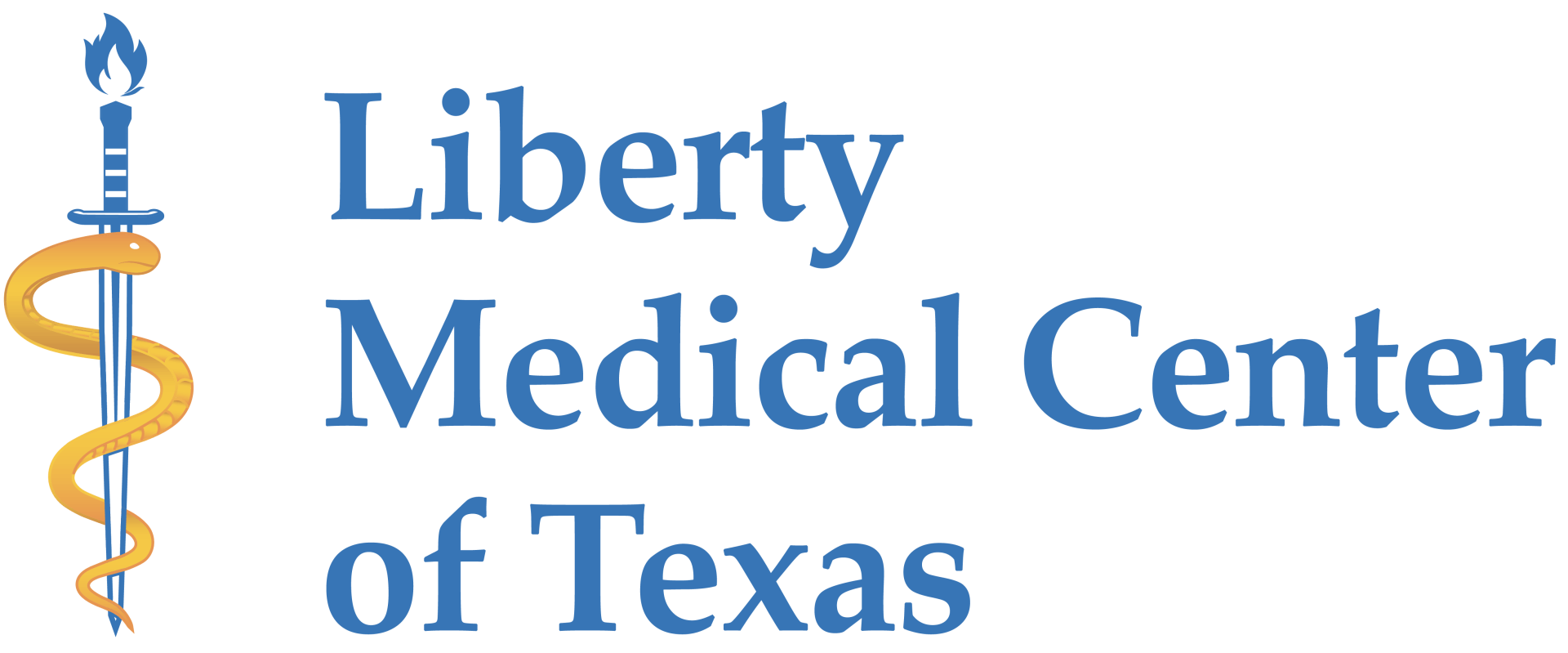 Photo by RDNE Stock project from Pexels
Photo by RDNE Stock project from Pexels
What Is EMDR Therapy And Why It May Be Right For You
by Brigid Gates BSN, RN
June 23, 2023
What is EMDR Therapy?
EMDR Therapy (Eye Movement Desensitization and Reprocessing) is a specific type of exposure therapy used for PTSD patients. A licensed therapist will ask you to follow their finger movements while asking you to talk about your past trauma. This type of exposure therapy allows you to re-experience your past traumatic events in a safe environment, to “desensitize” you to the distress of the memory while installing a more positive perspective.
How does EMDR Therapy work?
It is believed that a huge reason for the distressing symptoms of PTSD arises from not processing your traumatic memories. EMDR Therapy allows you to rewire the neural circuits from a life-threatening response to a memory in the past. There are usually 6-12 sessions that are 90 minutes in length. There is no homework involved.
There are 8 phases involved in EMDR Therapy:
Activating the parasympathetic nervous system slows down your heart rate and calms down the sympathetic nervous system. The sympathetic response is the fight or flight response of your body that is overactive and unbalanced with PTSD. Since you are now in a calm state, you can process and resolve this trauma. The end goal of EMDR Therapy is to distance yourself from the memory with a more positive self-belief and a more positive perspective. The goal is for your brain to completely process the memory and thus resolve it.
Who Is Qualified To Try EMDR?
While it is most appropriate for those experiencing PTSD, any person is qualified for EMDR. This therapy can help overcome any negative emotions or beliefs and is becoming more widespread.
Is EMDR Safe?
EMDR is a safe and evidence-based psychological technique that started in 1989. There are thirty Randomized Controlled Trials that have shown the effectiveness of relieving and even curing PTSD symptoms for thousands of patients. EMDR is recognized as an effective treatment for PTSD by the American Psychiatric Association, Department of Defense, and World Health Organization.
What Are EMDR Therapy Success Rates?
EMDR has positive success rates with studies reporting high percentages of reductions in PTSD altogether. For example, studies conducted in 2004 showed that out of 67 participants “ 100% of single-trauma victims and 77% of multiple-trauma victims no longer had PTSD after a mean of six 50-minute EMDR therapy sessions.” Two more studies found “84% to 90% of single-trauma victims no longer had PTSD after three 90-minute EMDR sessions.”
Another study in 2007 funded by the National Institute of Mental Health, showed promising results when comparing 8 weeks of EMDR Therapy to treatment with the antidepressant Fluoxetine (Prozac). 91% of the participants involved in the EMDR therapy reported that they no longer had any symptoms of PTSD, while 72% in the Fluoxetine group reported their symptoms were gone.
EMDR is a therapy that can cause life-changing results.
Our goal at Liberty Medical Center is to provide alternative options for your healing journey, including EMDR Therapy. We are one of several organizations dedicated to providing programs for mental health, trauma, PTSD, addiction, and depression for our veterans.
Related Posts:
Who Is A Veteran?
Yoga Helps Veterans with PTSD
The Value of Sleep
by Brigid Gates BSN, RN
June 23, 2023
What is EMDR Therapy?
EMDR Therapy (Eye Movement Desensitization and Reprocessing) is a specific type of exposure therapy used for PTSD patients. A licensed therapist will ask you to follow their finger movements while asking you to talk about your past trauma. This type of exposure therapy allows you to re-experience your past traumatic events in a safe environment, to “desensitize” you to the distress of the memory while installing a more positive perspective.
How does EMDR Therapy work?
It is believed that a huge reason for the distressing symptoms of PTSD arises from not processing your traumatic memories. EMDR Therapy allows you to rewire the neural circuits from a life-threatening response to a memory in the past. There are usually 6-12 sessions that are 90 minutes in length. There is no homework involved.
There are 8 phases involved in EMDR Therapy:
- History Taking- You will discuss all your past history, and create a treatment plan with your goals.
- Preparation- Your therapist will make sure that you are feeling safe. They will also provide you with tools for regulation if recalling a certain memory is too overwhelming.
- Assessment- You will discuss the specific memory you want to heal and process.
- Desensitization- Your therapist will have you discuss the memory while following his/her finger movements (usually from left to right). These rapid eye movements start the parasympathetic nervous system (or the “calm response”).
- Installation- Your therapist will then help you “install” a new memory. This new "memory" is usually a more positive self-belief and perspective.
- Body Scan- Your therapist will ask you to report any sensations you are feeling in your body to release them.
- Closure- You will then use the tools that your therapist has given you to regulate your emotions, and remain in a calm state.
- Reevaluation- You will report your stress level, your emotions, and self-beliefs and if they have improved, and if the process is helping.
Activating the parasympathetic nervous system slows down your heart rate and calms down the sympathetic nervous system. The sympathetic response is the fight or flight response of your body that is overactive and unbalanced with PTSD. Since you are now in a calm state, you can process and resolve this trauma. The end goal of EMDR Therapy is to distance yourself from the memory with a more positive self-belief and a more positive perspective. The goal is for your brain to completely process the memory and thus resolve it.
Who Is Qualified To Try EMDR?
While it is most appropriate for those experiencing PTSD, any person is qualified for EMDR. This therapy can help overcome any negative emotions or beliefs and is becoming more widespread.
Is EMDR Safe?
EMDR is a safe and evidence-based psychological technique that started in 1989. There are thirty Randomized Controlled Trials that have shown the effectiveness of relieving and even curing PTSD symptoms for thousands of patients. EMDR is recognized as an effective treatment for PTSD by the American Psychiatric Association, Department of Defense, and World Health Organization.
What Are EMDR Therapy Success Rates?
EMDR has positive success rates with studies reporting high percentages of reductions in PTSD altogether. For example, studies conducted in 2004 showed that out of 67 participants “ 100% of single-trauma victims and 77% of multiple-trauma victims no longer had PTSD after a mean of six 50-minute EMDR therapy sessions.” Two more studies found “84% to 90% of single-trauma victims no longer had PTSD after three 90-minute EMDR sessions.”
Another study in 2007 funded by the National Institute of Mental Health, showed promising results when comparing 8 weeks of EMDR Therapy to treatment with the antidepressant Fluoxetine (Prozac). 91% of the participants involved in the EMDR therapy reported that they no longer had any symptoms of PTSD, while 72% in the Fluoxetine group reported their symptoms were gone.
EMDR is a therapy that can cause life-changing results.
Our goal at Liberty Medical Center is to provide alternative options for your healing journey, including EMDR Therapy. We are one of several organizations dedicated to providing programs for mental health, trauma, PTSD, addiction, and depression for our veterans.
Related Posts:
Who Is A Veteran?
Yoga Helps Veterans with PTSD
The Value of Sleep
References:
https://www.merckmanuals.com/professional/psychiatric-disorders/anxiety-and-stressor-related-disorders/posttraumatic-stress-disorder-ptsd?query=eye%20movement%20desensitization
https://www.ncbi.nlm.nih.gov/pmc/articles/PMC3951033/#b22-permj18_1p0071
https://www.youtube.com/watch?v=tLrmZXheY5c&t=131s
https://www.youtube.com/watch?v=bnjEr7GVhLo
https://www.ptsd.va.gov/professional/treat/txessentials/emdr_pro.asp#one
https://mentalhealthmatch.com/articles/therapy/how-to-find-an-emdr-therapist
https://www.ncbi.nlm.nih.gov/pmc/articles/PMC6117416
https://www.merckmanuals.com/professional/psychiatric-disorders/anxiety-and-stressor-related-disorders/posttraumatic-stress-disorder-ptsd?query=eye%20movement%20desensitization
https://www.ncbi.nlm.nih.gov/pmc/articles/PMC3951033/#b22-permj18_1p0071
https://www.youtube.com/watch?v=tLrmZXheY5c&t=131s
https://www.youtube.com/watch?v=bnjEr7GVhLo
https://www.ptsd.va.gov/professional/treat/txessentials/emdr_pro.asp#one
https://mentalhealthmatch.com/articles/therapy/how-to-find-an-emdr-therapist
https://www.ncbi.nlm.nih.gov/pmc/articles/PMC6117416

